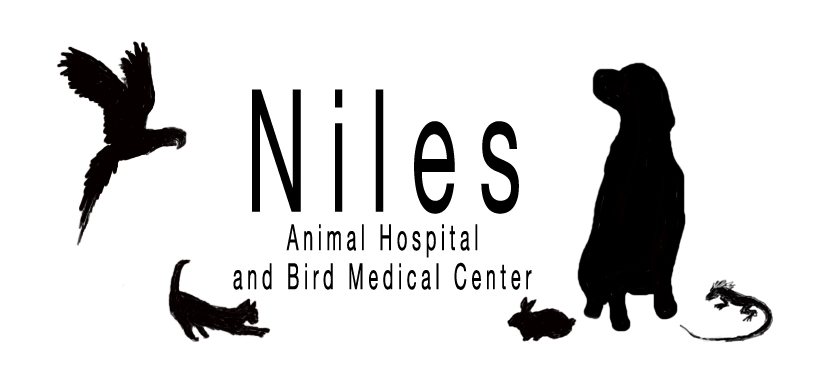Birds of a feather
Few in number, avian veterinarians are a dedicated lot
| |
|
|
| | Gainsborough, a hyacinth macaw, is one of Stuart Blackman’s four pet exotic birds. He considers the birds to be his children, and spares no expense to ensure their health and well-being.“ | |
 The pet-owning public seems to share Blackman’s sentiment about bird ownership. The AVMA’s 2012 U.S. Pet Ownership and Demographic Sourcebook estimated the size of the nation’s pet bird population to be 8.3 million animals at year end 2011—a 20.5 percent decline since 2006 when the previous study was published. Approximately 3.7 million U.S. households owned a bird in 2011, down from 4.5 million in 2006. Bird ownership has dropped nearly 46 percent over the past two decades, the survey found.
The pet-owning public seems to share Blackman’s sentiment about bird ownership. The AVMA’s 2012 U.S. Pet Ownership and Demographic Sourcebook estimated the size of the nation’s pet bird population to be 8.3 million animals at year end 2011—a 20.5 percent decline since 2006 when the previous study was published. Approximately 3.7 million U.S. households owned a bird in 2011, down from 4.5 million in 2006. Bird ownership has dropped nearly 46 percent over the past two decades, the survey found.
physiology have yielded important health care advances.
Bird doctors
| |
|
|
| | Pet birds make up more than 30 percent of the patient caseload at Niles Animal Hospital and Bird Medical Center in suburban Chicago. The practice was started by Dr. T.J. Lafeber, a leading authority on pet bird care and medicine, and has been run by Dr. Peter Sakas since 1985. | |
|
|
|
|
| | Dr. Peter Sakas examines a patient during a checkup. Unfortunately, far too few pet owners see the value of such routine preventive health care, according to the Association of Avian Veterinarians. | |

Dr. Anthony Pilny is one of two veterinarians board certified in avian medicine on staff at The Center for Avian and Exotic Medicine in New York City. Birds make up more than half the practice’s caseload, Dr. Pilny said, and range from finches and macaws to pigeons and other wild birds.
Education

“Birds are highly intelligent animals, and they get bored quickly. People who want them as an ornament keep them in a cage because they’re beautiful. However, when they don’t interact with them, not meeting the bird’s emotional needs, the bird will become frustrated and engage in unwanted behavior. Birds are flock animals, and they need activity outside the cage.”



